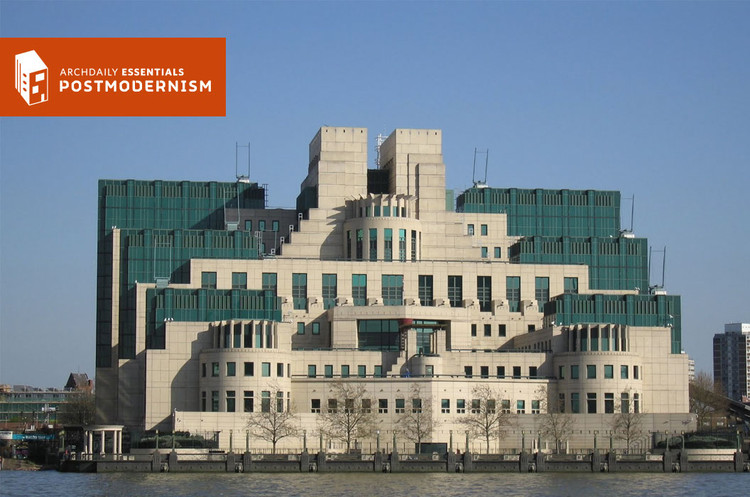
First published in May, Six Canonical Projects by Rem Koolhaas by Ingrid Böck reveals the logic behind Koolhaas’ projects and the ideas and themes running through his career. Incredibly thorough in her analysis, Böck aims to correct what she views as an absence of complete studies on an architect who has had an enormous influence on the theory and practice of architecture. Böck presents these six projects, which include Koolhaas’ thesis project “Exodus, or the Voluntary Prisoners of Architecture,” Ville Nouvelle Melun-Sénart, Maison Bordeaux, the Dutch Embassy in Berlin, the Seattle Central Library, and the CCTV Headquarters, because they most directly explore six concepts prominent throughout Koolhaas’ work: Wall, Void, Montage, Trajectory, Infrastructure, and Shape.




























